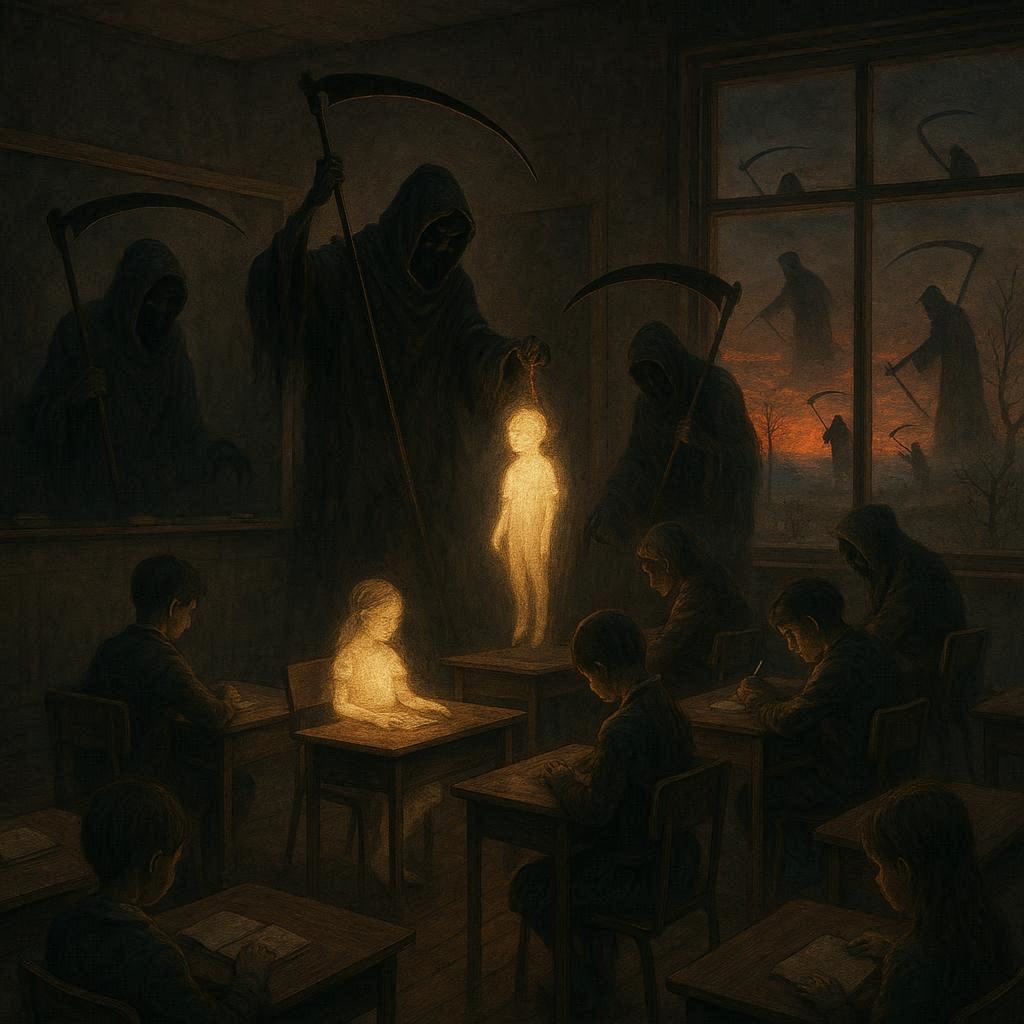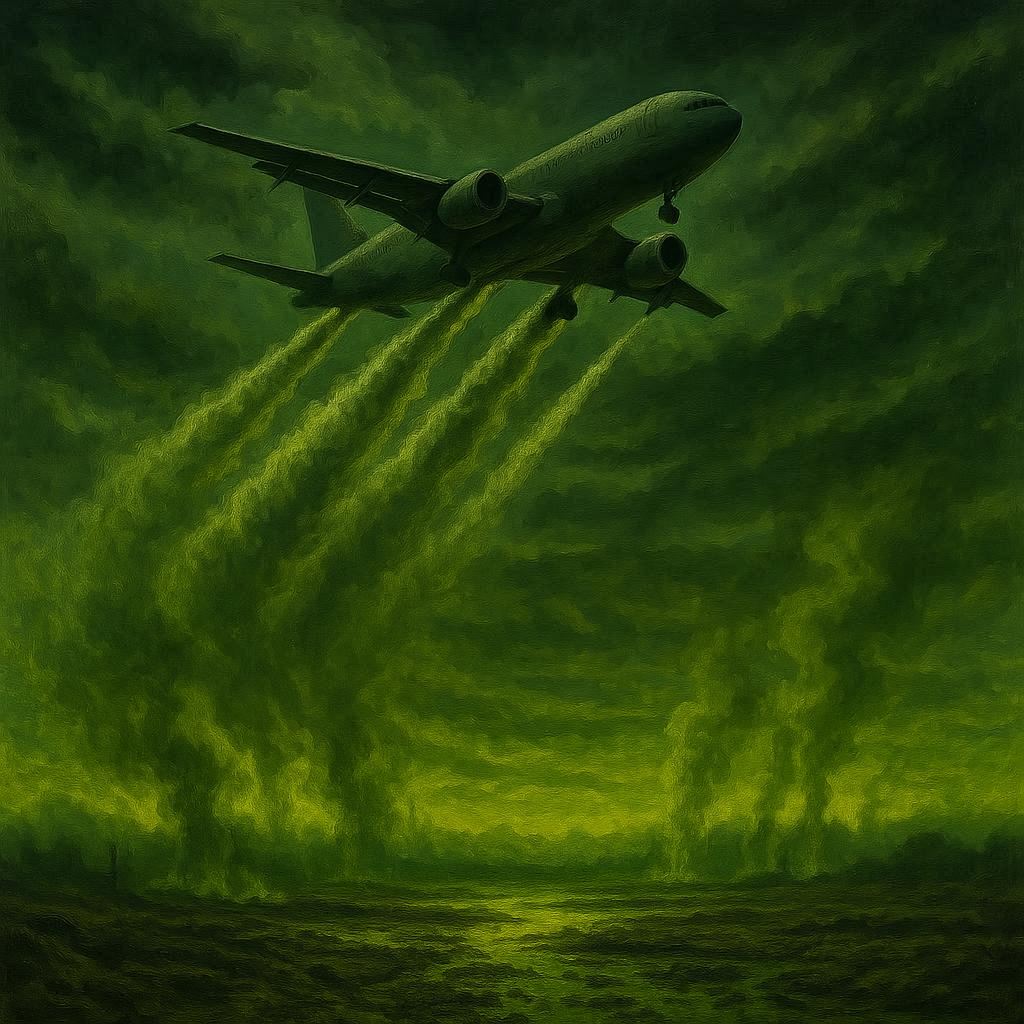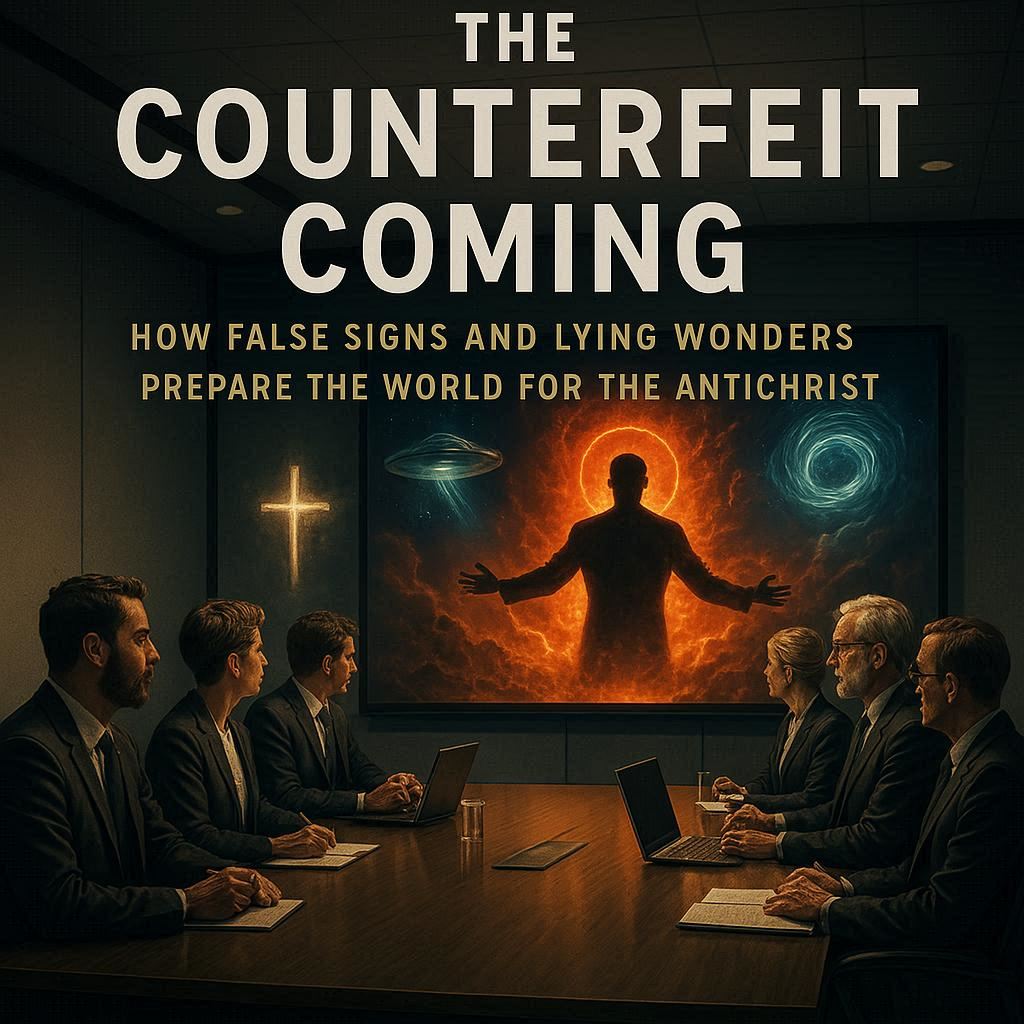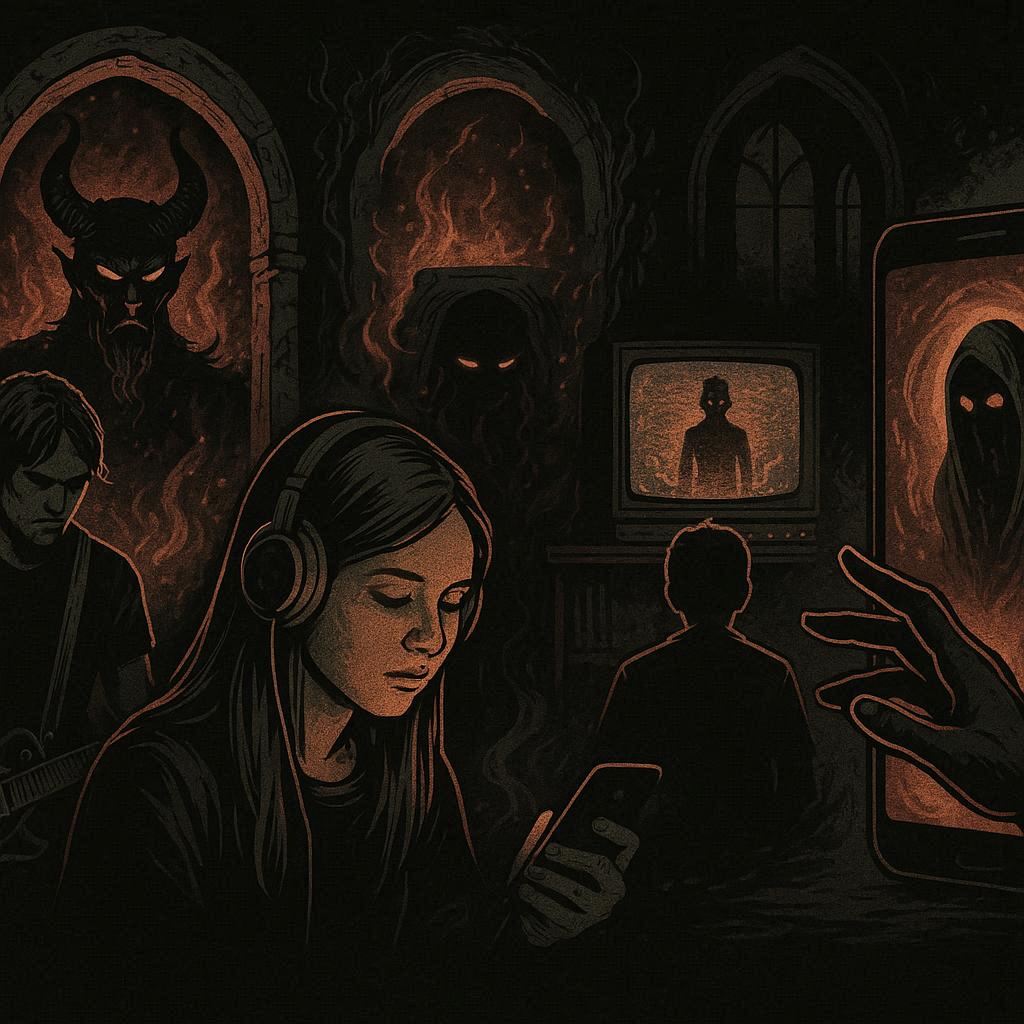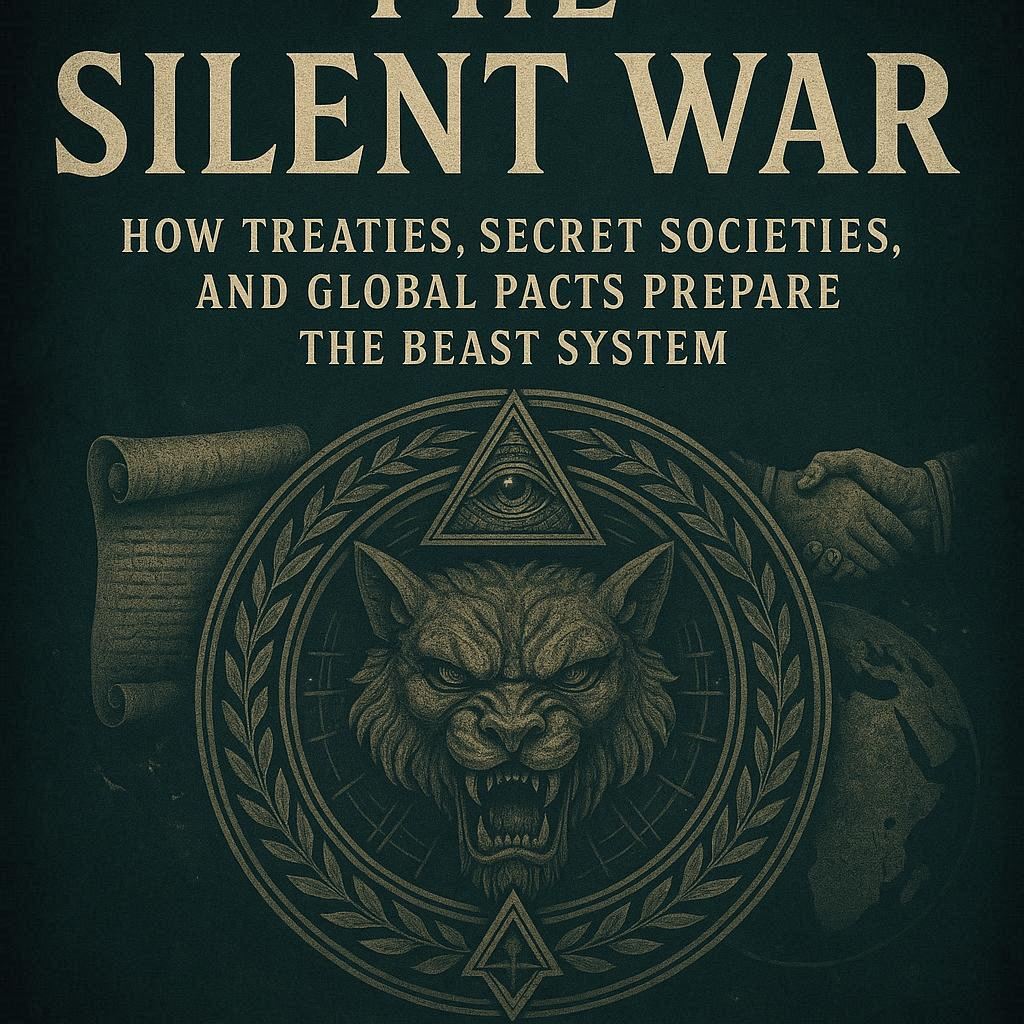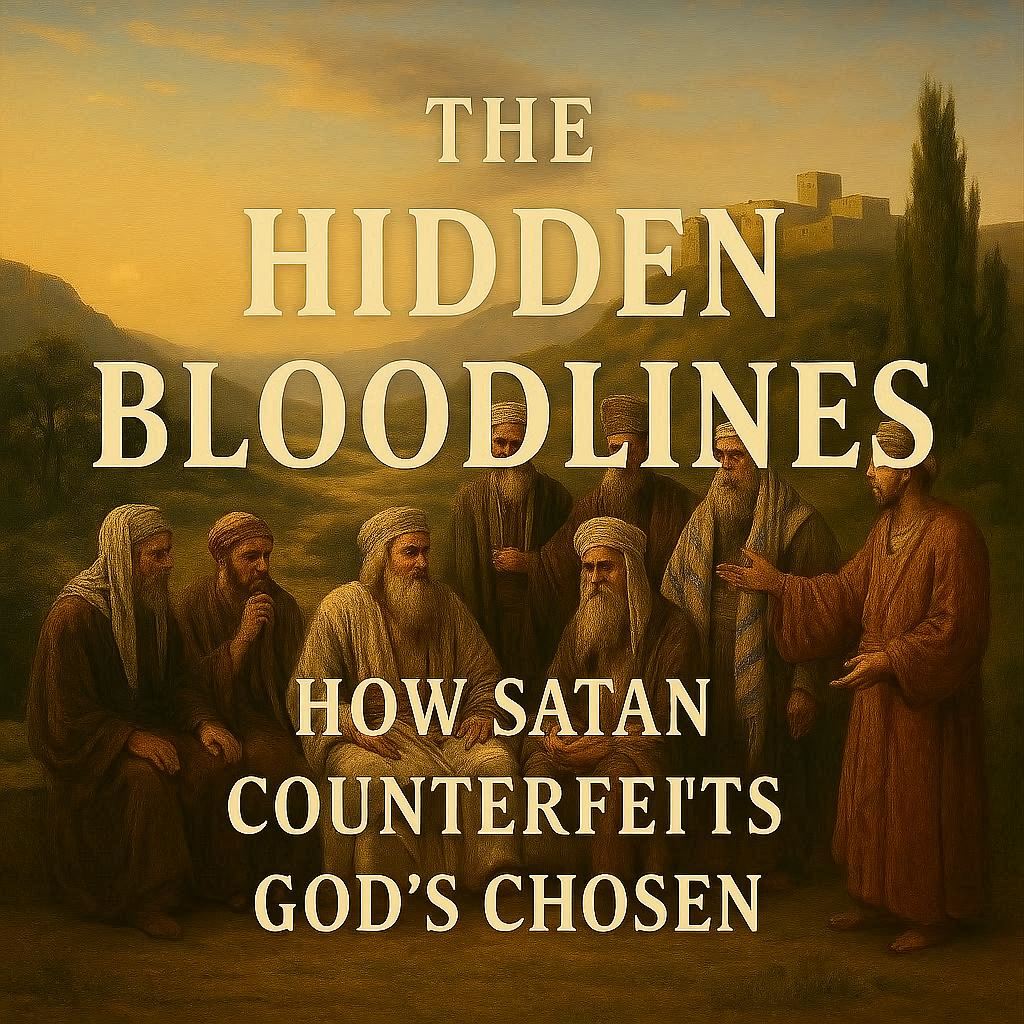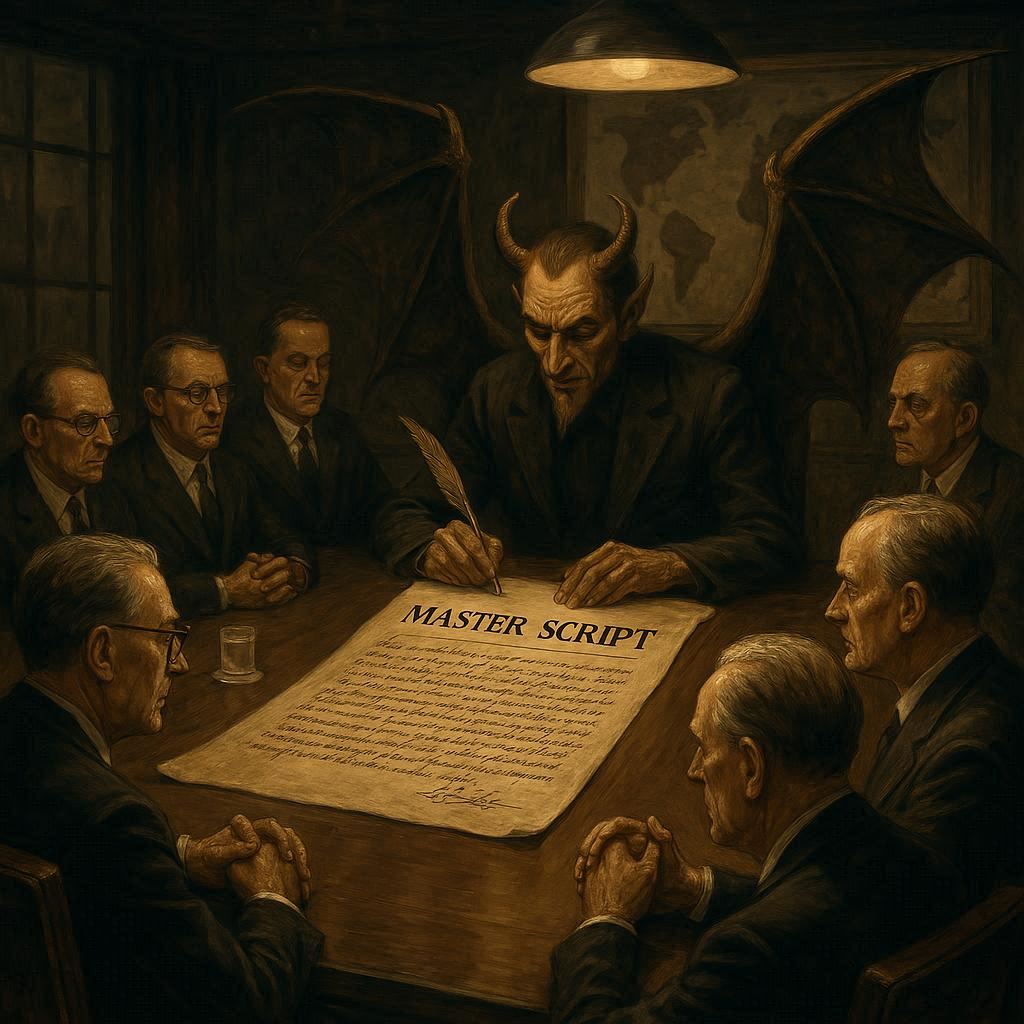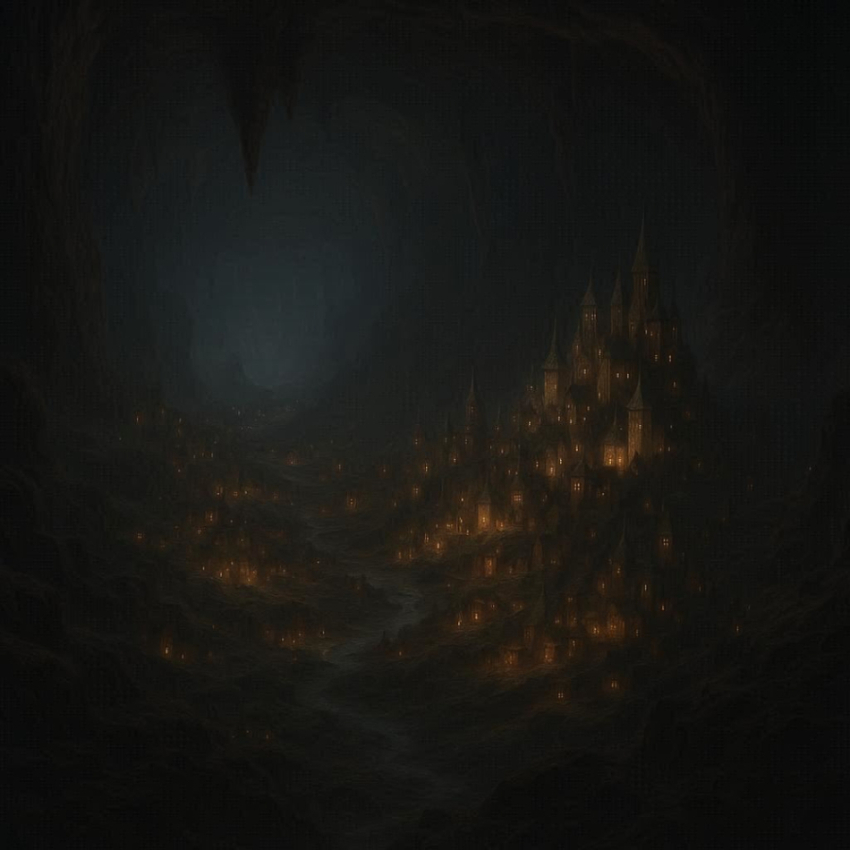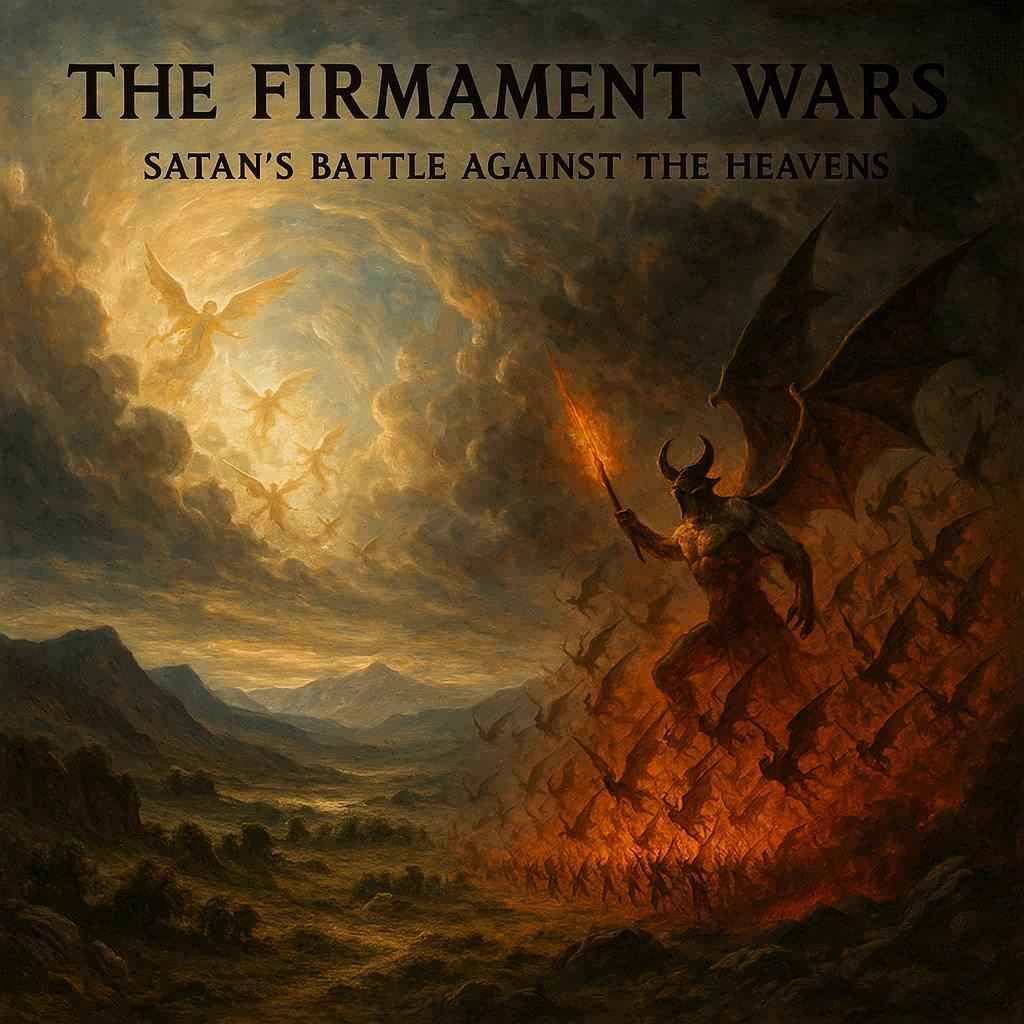God’s grace has no limits, and His welcome has no walls. Together, let us glorify the King of kings. Welcome! The Lord delights in your coming.
“But whoso shall offend one of these little ones which believe in me, it were better for him that a millstone were hanged about his neck, and that he were drowned in the depth of the sea.” (Matthew 18:6 KJV).
Hello, I appreciate you stopping by. This message has received a lot of attention, which I can’t bear because of its truth. When it comes to the children, that touches the heart. Allow me to explain…!
From education and entertainment to tech addiction, the strategic war for the next generation, is our children.
I. The Innocent Battleground:
Childhood was meant to be the safest realm on Earth—the garden of purity where imagination meets wonder. But in our age, it has become a battlefield. The enemy no longer waits at the gates of adulthood; he invades the crib, the classroom, and the screen.
Every generation before had to fight for survival. This one must fight for identity. Evil now wages war not by sword, but by story—reshaping truth through curriculum, animation, and algorithm. The smallest minds are the largest prizes, because whoever shapes a child’s imagination owns tomorrow’s reality.
II. Education as Indoctrination:
Schools were once temples of truth, where knowledge elevated character. Now, too often, they have become laboratories of confusion. Textbooks quietly edit morality. History is rewritten to erase faith, and biology is redrafted to blur God’s design.
Daniel and his friends faced a similar system in Babylon. They were taught “the learning and the tongue of the Chaldeans,” yet they refused to eat the king’s food or defile their faith. (Daniel 1:4–8) The tactic of Babylon has not changed—it still trains the young to forget their heritage, to speak a new moral language, and to serve an empire of ideology.
‘Friends, > Education was meant to light candles; now it installs filters. When truth is rewritten, virtue is redefined, and sin is rebranded as “self-expression.” Children graduate fluent in facts but illiterate in wisdom.
III. Entertainment and Enchantment:
Once upon a time, stories taught courage and honor. Today, many teach chaos and rebellion. The devil discovered long ago that if he could not preach from pulpits, he would sing from soundtracks and whisper from screens.
Cartoons normalize witchcraft. Songs idolize sin. Streaming services market corruption as courage, and confusion as identity. Parents hand children the glowing talisman of the tablet, unaware that it can summon both wonder and wickedness.
(2 Corinthians 11:14), warns that “Satan himself is transformed into an angel of light.” The glow of a screen can illuminate or indoctrinate. When darkness disguises itself as delight, the heart grows numb. The battle for purity is fought in pixels.
IV. The Digital Trap:
Technology was born to serve mankind; now mankind serves it. Children spend more time staring into machines than looking into the faces of those who love them. Algorithms study their habits, shape their desires, and sell their innocence one click at a time.
The enemy no longer needs chains when he has notifications. Addiction doesn’t always smell of smoke—it can sound like a ringtone. The brain rewards each swipe with dopamine, training children to crave distraction.
(Proverbs 23:7) says, “For as he thinketh in his heart, so is he.” When a child’s thoughts are programmed by data designed to divide, that child becomes what he consumes. The real cost of “free apps” is freedom itself.
V. Identity and the Inversion of Innocence:
The serpent’s oldest trick was identity theft. He convinced Eve that she lacked something she already possessed. Today, that same lie targets children through the mirrors of the media: You’re not enough; you must become something else.
Gender, purpose, worth—all are distorted. The enemy hates what bears God’s image, and children bear it most clearly. The younger the vessel, the easier it is to pour poison into it. (Isaiah 5:20 warns): “Woe unto them that call evil good, and good evil.”
‘Friends, modern culture celebrates what once shamed and mocks what once sanctified. Yet Jesus declared, “Of such is the kingdom of heaven.” To corrupt the young is to declare war on Heaven itself.
VI. The True Shepherd and the Little Ones:
In an age of wolves, the Shepherd still calls. Christ’s affection for children was not sentimental—it was strategic. He placed a child in the midst of His disciples and said, “Whosoever shall humble himself as this little child, the same is greatest in the kingdom of heaven.” (Matthew 18:4).
That humility is the antidote to the arrogance of this age. The world teaches children to chase visibility; Jesus blesses those who seek virtue. The world tells them to believe in themselves, leaving this part out; > God tells us to believe in Jesus first (John 6:29).
The Shepherd’s voice still cuts through the static. But His flock must amplify it. Parents, pastors, and teachers are the first line of defense in a spiritual cyberwar.
VII. The Call to Defend:
- Guard the Gates: Monitor not just what enters the home, but what enters the heart. Ask not only what they watch, but what it teaches.
- Reclaim the Table: Shared meals, shared prayer, shared conversation—these simple acts rebuild strongholds against digital invasion.
- Teach Scripture Early: The Word must take root before the world does.
- Model Faith: Children imitate authenticity faster than they obey instruction.
- Equip the Church: Youth ministry must be more than games; it must be training for discernment.
‘Friends, this is not nostalgia—it’s warfare. The next generation is not lost; they are waiting to be led.
VIII. The Strategy of Heaven:
While the enemy harvests souls through distraction and distortion, Heaven still plants seeds of truth. Revival often begins in the hearts of children who dare to believe simply. (Joel 2:28) promises, “Your sons and your daughters shall prophesy.” The devil attacks what prophecy has marked for greatness.
Therefore, intercession for the young is not optional—it is prophetic resistance. Every prayer over a child becomes a wall against darkness. Every act of teaching truth becomes a torch that exposes the lie.
The Spirit still hovers over the waters of chaos, birthing light in the dark. The same God who spoke into the void still speaks into classrooms, bedrooms, and broken homes.
IX. The Hope of Restoration:
Though the battle rages, victory is assured. Revelation ends not with corruption but with children singing a new song before the throne. The Lamb’s kingdom will not be childless. Parents weary of fighting should remember; the enemy’s fury is proof of the child’s potential. Every young heart he attacks carries divine promise.
Train them in truth, surround them with prayer, and they will become arrows in God’s quiver (Psalm 127:3–5). The world’s harvest belongs to Hell only if Heaven’s laborers stop sowing. But we are not idle. We are watchmen, shepherds, and seed bearers. The next revival will not come from pulpits alone—it will rise from playgrounds.
Author’s Note:
Friends, “Harvest of Souls” was written to awaken urgency and restore hope. It is not a call to panic, but a call to parenthood in the spiritual sense. The darkness that targets children today is sophisticated, but it is not sovereign. Christ’s light still exposes every strategy of the enemy.
Modern culture often reduces faith to sentiment and education to utility. Yet the kingdom of God belongs to those with childlike hearts—pure, trusting, creative. The powers of darkness understand this better than many believers. That is why they wage psychological, moral, and technological war to capture the imagination of children before faith can form.
This essay challenges every reader to become a guardian of innocence. You need not be a parent to protect the next generation; prayer, mentorship, and truth-telling are acts of defense. Each time we affirm that life is sacred, that identity is divine design, and that love demands discipline, we strike at the heart of deception.
Technology will advance, ideologies will shift, and trends will fade. But righteousness remains the same. Let us invest more energy in cultivating hearts than in critiquing hardware. The Spirit that raised Jesus from the dead is still powerful enough to raise children from confusion into calling.
The enemy harvests distraction. Heaven harvests devotion. Friends, our task is to sow the latter faithfully until the Lord of the harvest returns.
God Bless You and Yours!
Author and Servant:

